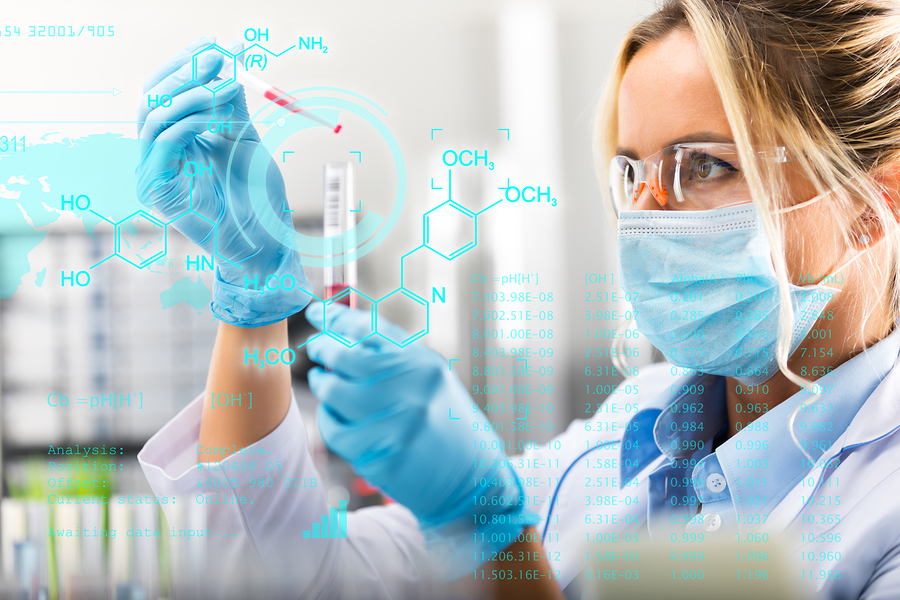In today’s world scientists are spread across all countries and nationalities. They work in universities, for governments and for businesses. They are no longer found just in western countries. When an important scientific discovery is made, the scientist wants to spread his or her knowledge as far as possible and into as many languages as there are translators available. In addition, there are other people who want to know about scientific discoveries that are likely to affect them.
The most recent scientific discoveries need translations
Some of the most recent scientific discoveries have been made about how the Earth is warming and how this is going to impact on people all over the world. The European Climate Summit that took place in April in Lisbon, Portugal was time for exchange of scientific ideas on how to tackle climate change. This is when professional scientific translation services will be needed for the translation of scientific documents so that all participants could share key developments that are taking place to combat the possibility of a human-made disaster. This is already beginning to show its effect with melting glaciers, worse droughts than have ever been known in human history and temperatures rising to peaks that have never before been recorded for the planet.
Techniques for the translation of scientific documents
Each scientific text requires a thorough knowledge of both the source and targeted languages. These tests require a deep knowledge of both the source and targeted languages and a clear comprehension of the subject matter. Professional scientific translation services are the only likely sources for scientific translators who can offer scientific document translations that everyone will understand. Scientific translators are typically trained linguists who specialize in scientific fields, like chemistry, biology or medicine. Often they are qualified scientists who have accumulated a large amount of linguistic knowledge. There are certain techniques scientific translators need to use so that they have a high chance their translations will be understood.
Good techniques for scientific document translations
- Being clear and concise are vital in the scientific field and this applies to translations conducted by translators for clinical research translation services and medical research translation services. The translation is expected to convey exactly the same meaning in the source document as in the translation. The most difficult challenge with any scientific translation is finding just the right words and this is a skill a scientific translator will pick up over time. With literary texts, ambiguities can be tolerated but in scientific texts, they cannot.
- Because syntax and lexical characteristics of a language are often not the same, it poses some difficulties for scientific translators who specialise in scientific document translations. For example, in languages like German and Russian, it is possible to string together really long chains of dependent and independent clauses with numerous referents as well as antecedents and the meaning still emerge clearly. This could not be done in English, so the scientific translator has to think carefully about the meaning and structure in a translation between say English and Russian and German. The most effective technique is to paraphrase.
- A scientific translation needs a translator who keeps him or herself up to date with scientific terminology and this is typically through reading scientific findings and journals.
- Emphasising symbols and numbers when providing translation services for the medical industry is necessary because many scientific documents involve formulas, numbers, symbols and diagrams. These can’t be ignored or misunderstood in scientific translations, whether the documents are based on clinical research or medical research.
- Sometimes, the scientific translator who is responsible for the translation of scientific documents has to adapt the style of writing to meet the requirements of the client. In science, there are many different types of scientific documents with different applications. If you work as a scientific translator for academic translation services, it is important to use complex phrases and words that are not so commonly used. However, if a translator is translating for professional scientific translation services that focus on translating drug instructions or manuals for using medical devices the translation needs to be in less formal language. These kinds of documents may be read by everyday people so they need to be simpler and more accessible.
In summary, a scientific translation is always a challenge. Not only should the scientific translator who works for scientific translation services keep up to date with scientific language and terminology s/he must emphasise clarity and conciseness and adapt the language in the translation to fit the targeted audience. The best scientific translation for scientific document translations is done by a human translator and not a scientific translation is done by an online free translator.




